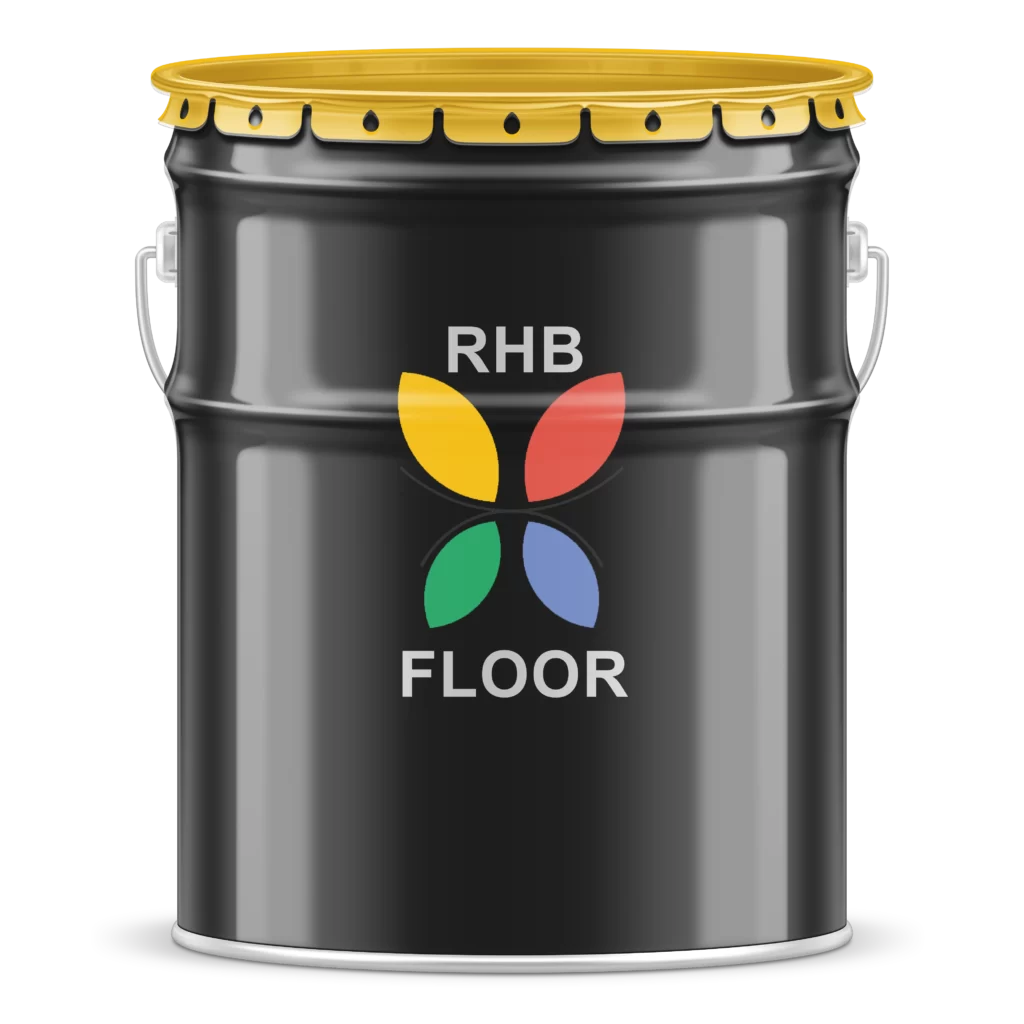
RHB - COURT FLOOR AC-350
DEFINITION
RHB COURT FLOOR AC-350 is a clear/tinted, one-component acrylic latex polymer varnish developed specifically for application over RHB COURT FLOOR AC-300/310.
USAGE AREAS
When applied over RHB COURT FLOOR AC-300/310 on tennis courts, volleyball and basketball courts, it creates high strength surfaces. It gives very good results especially on newly coated floors.
APPLICATION PROCEDURE
SURFACE PREPARATION
RHB COURT FLOOR AC-350, acrylic surfaces to be applied should be cleaned from dirt and dust, oil and oil-based materials that weaken adherence should be removed from the surface.
APPLICATION METHODS
RHB COURT FLOOR AC-350 should be applied as a thin film on the floor with a short nap roller.
RHB COURT FLOOR AC-350 recommends applying one coat.
EXPENDITURE
RHB COURT FLOOR AC-350 is a ready-to-use product. 6.5 m2 floor can be varnished with 1 kg product.
However, the consumption still depends on the absorbency of the surface.
MATTERS TO BE CONSIDERED
-RHB COURT FLOOR AC-100 should never be applied in rainy weather (when it is raining), the surface temperature for application should be minimum 14°C and maximum 60°C. It should never be applied above 60°C.
-In indoor applications, high relative humidity, low temperature and inadequate ventilation may delay the drying time. These three factors should be especially taken into consideration indoors.
Since RHB COURT FLOOR AC-100 is a water-based acrylic polymer, it should be protected from freezing during storage and shipment.
CLEANING OF TOOLS AND EQUIPMENT
All tools used in applications can be cleaned with water before they dry.
PACKAGING
50 KG
STORAGE
It should be stored in its unopened original locked packages, in cool and dry places and protected from frost.
SHELF LIFE
12 months from the date of production at 15-25˚C under appropriate storage conditions.
SECURITY MEASURES
During the application, work clothes, protective clothing, goggles, masks and gloves suitable for Occupational Health and Safety must be used. The application must be carried out in ventilated environments and the applicator company must take all precautions in this regard. Contact of food and beverage materials with products in the application area must be prevented. Workers who are allergic to chemicals should never be employed.
RHB-COURT FLOOR AC-350
-
It is a one-component acrylic latex polymer varnish.
-
Works very well on newly coated floors.
-
Easy to apply.
-
No fire hazard due to its solvent-free nature.
-
The acrylic surfaces to be applied must be free of dirt and dust.
-
It should be applied as a thin film on the floor with a short pile roller.
-
6.5 m2 floor can be varnished with 1 kg of product.
-
Definitely not to be applied in rainy weather (when it is raining)
-
Inadequate ventilation may delay drying time.
-
Since it is a water-based acrylic polymer, it should be protected from freezing during storage and shipment.
